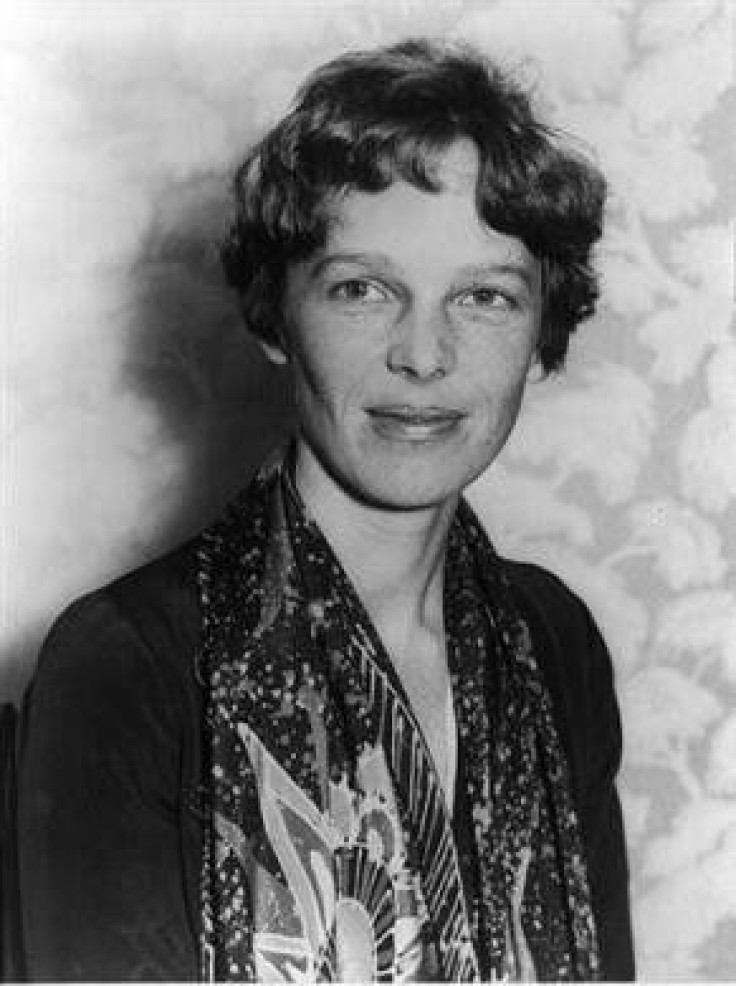Amelia Earhart's Plane Found? Researchers Plan To Search Nikumaroro Island

Americans became fascinated with Amelia Earhart when she set out to be the first man or woman to circumnavigate the equator in an airplane. Researchers are setting out on a voyage to discover her plane after recent clues led them to believe Earhart and her navigator, Fred Noonan, may have wound up on the tiny island of Nikumaroro, an uninhabited Pacific island, Reuters said.
Seventy-Five years after her disappearance, $2.2 million is budgeted for the search for her plane, Boston.com reported.
The public wants evidence, a smoking gun, that this is the place where Amelia Earhart's journey ended, Richard Gillespie, executive director of the International Group for Historic Aircraft Recovery (TIGHAR), told Reuters. That smoking gun is Earhart's plane.
Reuters reported that the research group was set to leave from Hawaii on July 2 to embark on a 1,800-mile voyage to Nikumaroro. However, the voyage was postponed until the next day, Stephanie Buttrill, a spokeswoman for the group told Reuters. The team is planning on spending 10 days at the actual site, and another 16 days on the voyage, according to the website.
We've found artifacts of an American woman castaway from the 1930s, but we haven't found anything with her name on it, Gillespie explained to Reuters. We've tried to get contact DNA from things that were touched, and it didn't work. The environment was too destructive. The recovered bone samples were too small. The logical thing is the airplane.
TIGHAR researchers currently believe that Earhart and Noonan made an emergency stop on Nikumaroro island, which was called Gardner Island when they were flying. Gillespie thinks that the plane was the washed out to sea by rising tides and surf.
As a result, underwater robotic submarines equipped with sonar will be sent to check out the seafloor around Nikumaroro.
That's scary. What if you look there and you don't find it? It might mean you're wrong. Or after 75 years of dynamic, destructive ocean activity, we could be absolutely right and not find anything, he told Reuters.
It's hard not to see the parallel with Amelia's trip, he said. You prepare the best you can and recognize, well, you're taking a risk. We're out to prove the case if it can be proven.
© Copyright IBTimes 2024. All rights reserved.












